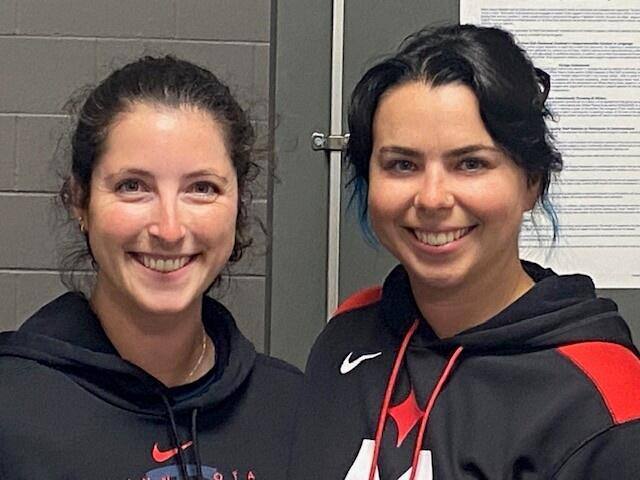Study Reveals Stark Racial Disparities in Athlete Cardiac Arrest Rates

A major review published in The Lancet and led by Emory University sports cardiologist Dr. Jonathan Kim reveals a sobering reality: Black athletes are approximately five times more likely to suffer sudden cardiac arrest (SCA) or sudden cardiac death (SCD) than their white peers. While the overall rates of SCD may be declining, the racial disparities remain alarming. The review analyzed three decades of national and international data on SCA and SCD in athletes, with researchers from institutions such as Lausanne University Hospital, Massachusetts General Hospital, and Morristown Medical collaborating on the project.
The review analyzed three decades of national and international data on SCA and SCD in athletes, with researchers from institutions such as Lausanne University Hospital, Massachusetts General Hospital, and Morristown Medical collaborating on the project.
Their findings also highlight that routine electrocardiogram (ECG) screenings—a widely used tool in pre-participation evaluations—are more likely to produce false positives in Black athletes. Without access to adequate follow-up care, these results can lead to unnecessary stress or unwarranted exclusion from sports participation.
“False positives become especially problematic when athletes don’t have access to confirmatory testing,” Kim noted. “We’re failing them if we stop at the first screen.”
Kim emphasizes that underlying health conditions alone do not account for the disparity.
“To truly address these disparities, it's not enough to just screen for potential problems,” he said. “There needs to be an understanding of how to tackle the underlying social determinants of health that put these athletes at greater risk.”
Factors like access to care, economic stability, and environmental stressors must be considered during evaluations. As awareness grows, Kim believes the focus on these systemic issues signals an important cultural shift in sports medicine.
“Just five to 10 years ago, I doubt many were thinking about social determinants of health and impacts on young athletes,” he said. “Asking these critical questions is a major step in the right direction.”
Read more here!
![HR Logo [Recovered]_Full Color Vertical-1](https://blog.healthyroster.com/hs-fs/hubfs/HR%20Logo%20%5BRecovered%5D_Full%20Color%20Vertical-1.png?width=199&height=178&name=HR%20Logo%20%5BRecovered%5D_Full%20Color%20Vertical-1.png)
 By
By


